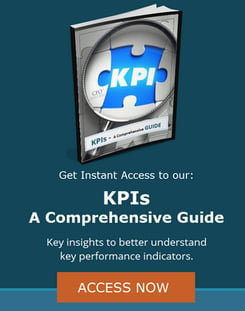Publicly traded companies get a lot of press when they commit corporate fraud, but financial fraud can happen at private companies as well. Furthermore, fraud is not solely reserved for large companies – it can occur at any size company, including small locally owned businesses. While fraud can arise in any number of unique circumstances, it typically occurs to secure bonuses for management or to appear more appealing to investors.
Though private companies are not formally required to abide by SOX (Sarbanes-Oxley Act of 2002), the requirement that companies conduct an annual audit of their internal controls is always a best practice. A business’s accounting practices and financials should be reviewed regularly (either internally or by a third-party) to look for vulnerabilities and discrepancies.










